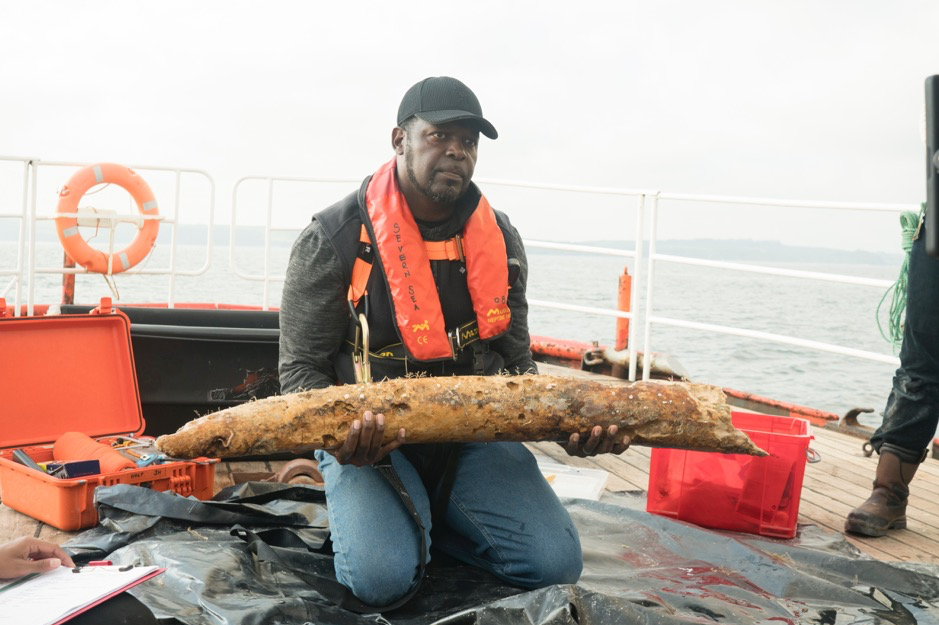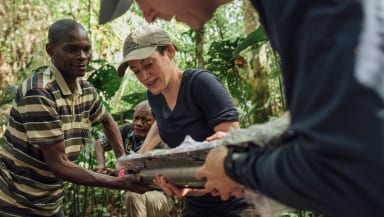Industrial trawlers are not only threatening important marine habitats and iconic species in ‘protected’ waters around UK shores. They are also laying waste to marine archaeology – including a 17th-century English shipwreck, which is the earliest known vessel linked to the transatlantic slave trade.
The disturbed remains of the ship was dived by humans for the first time during the making of Enslaved, a groundbreaking new documentary series on BBC2 with actor Samuel L Jackson and journalist Afua Hirsch.
During filming, divers found fresh evidence for the damage of the ship, compared to evidence of the wreck recorded by remote-vehicle in 2009.
"More than 12 million Africans were trafficked. More than 2 million died en route. We thought it was worth telling that story."
In a groundbreaking new series, @SamuelLJackson and @AfuaHirsch explore 400 years of slavery.
Enslaved with Samuel L. Jackson | Tonight, 9pm | @BBCTwo pic.twitter.com/Gnhjst97Ml
— BBC Two (@BBCTwo) October 11, 2020
The documentary series includes footage from dives all over the world by Diving with a Purpose – a group dedicated to the maritime history of African Americans.
Kramer Wimberely, lead instructor of Diving with a Purpose said, ‘The story of the slave trade is world history. England was involved in it, Portugal, the French and Dutch were involved in it, the Africans were involved in it. It’s a world shame.
‘If that wreck’s the final resting place of some of my ancestors, then it’s a burial ground. But it’s also a crime scene because they were taken. There was an injustice that took place, and no one has ever been brought to account. I want justice for those people. Archaeology can make sure we never forget.’

Kramer Wimberley with the tusk saved from the Royal African Company shipwreck. Photo: © 2020, Associated Producers Ltd./Cornelia Street Productions/Joshua Williams.
More than 12 million Africans were taken across the Atlantic in 45,000 voyages over 400 years, and many did not survive the journey.
‘A serious heritage failure’
The wreck of the Royal African Company trader ship from the 1680s was found around 70 kilometres south of Land’s End in Cornwall. Thought to have sunk sometime between 1672 and 1690, it was one of the first of more than 500 ships sent by the Royal African Company to West Africa from the UK.






